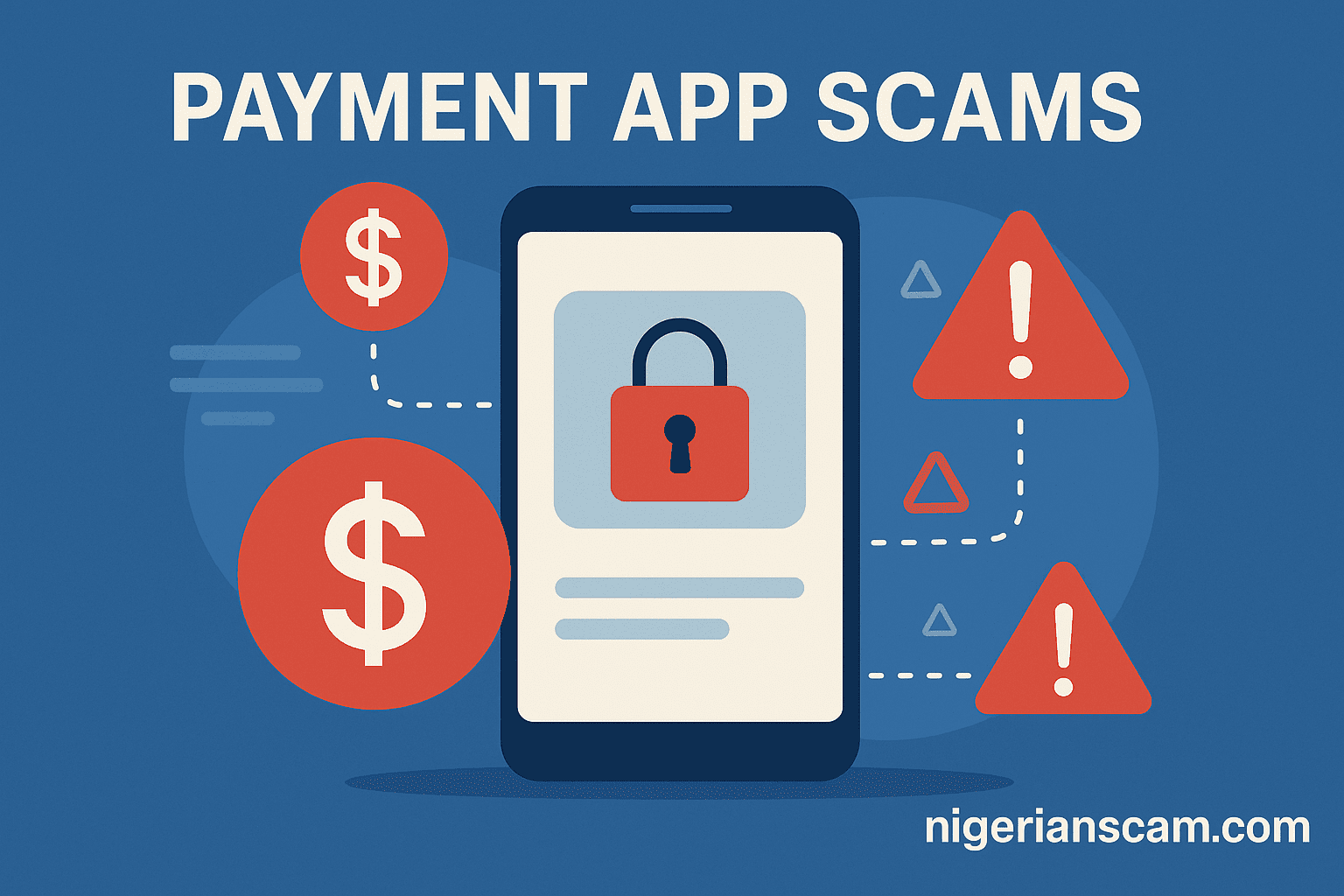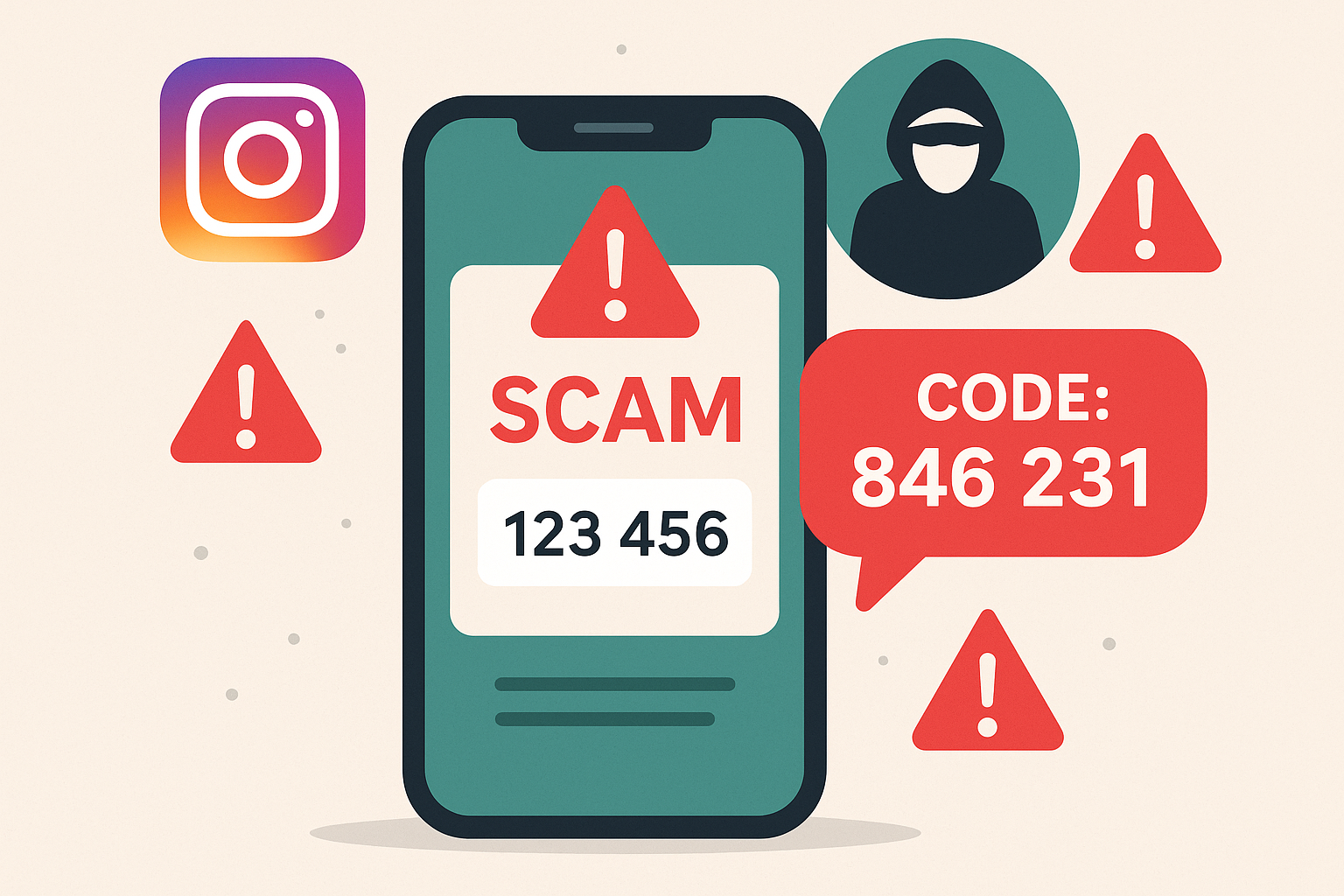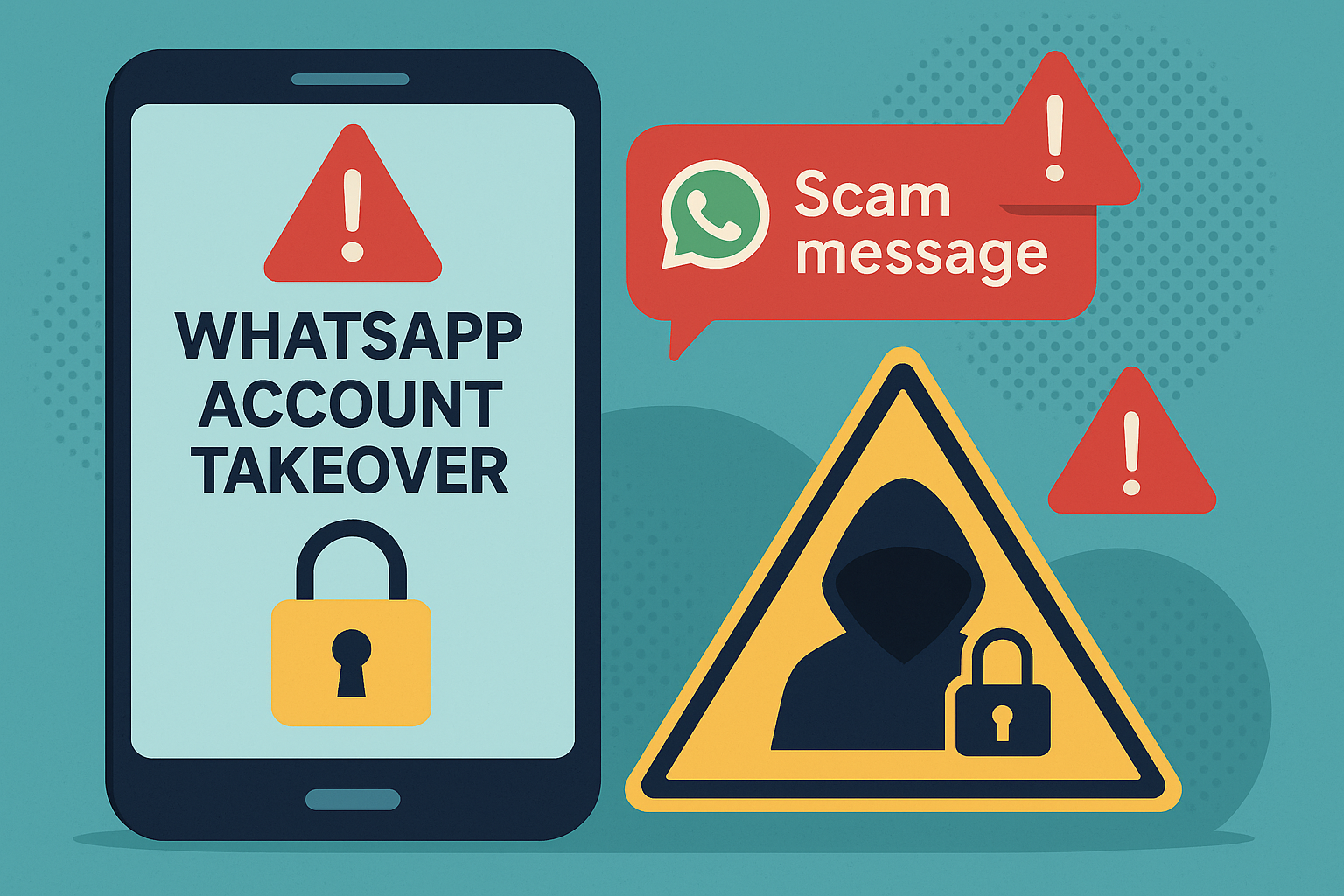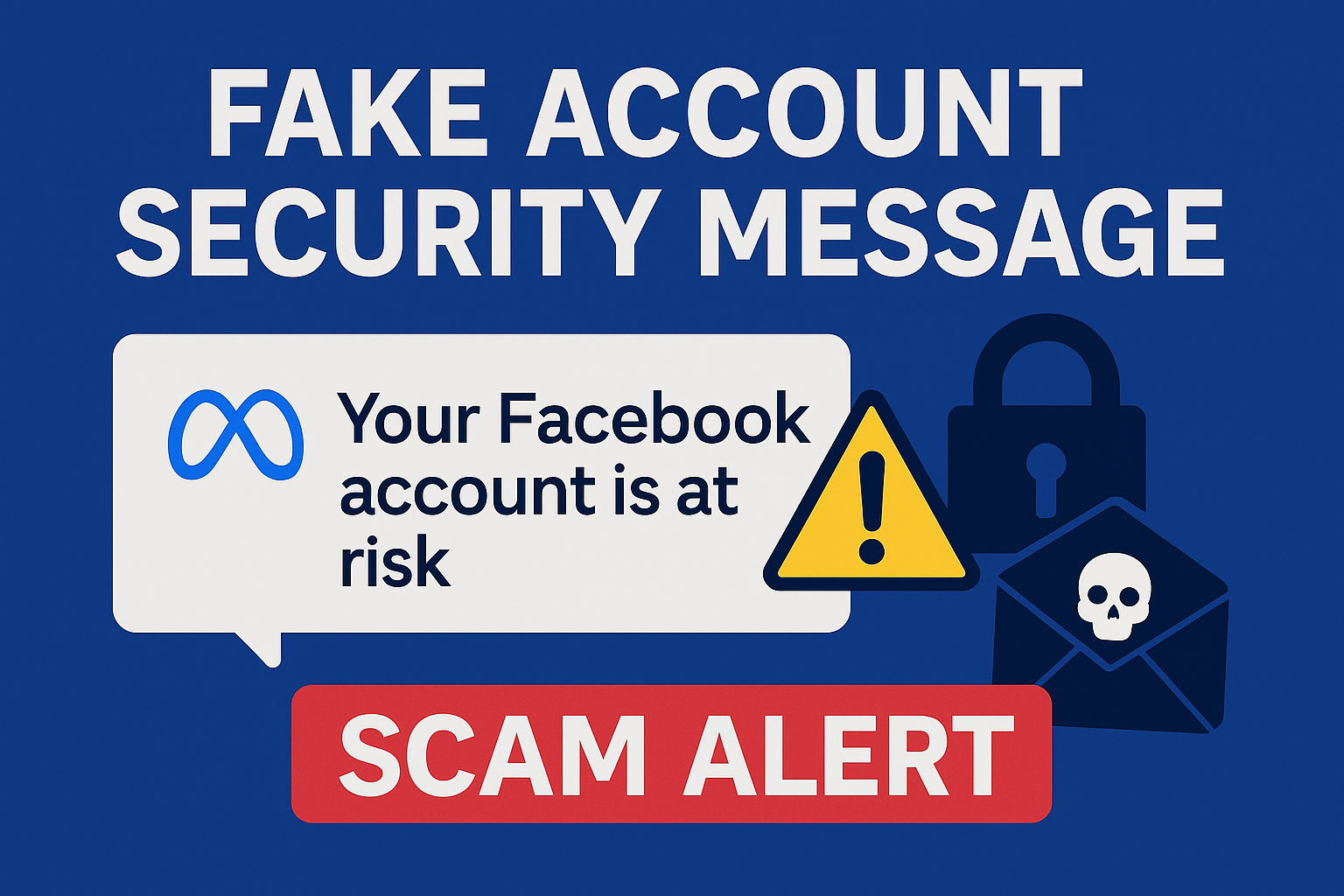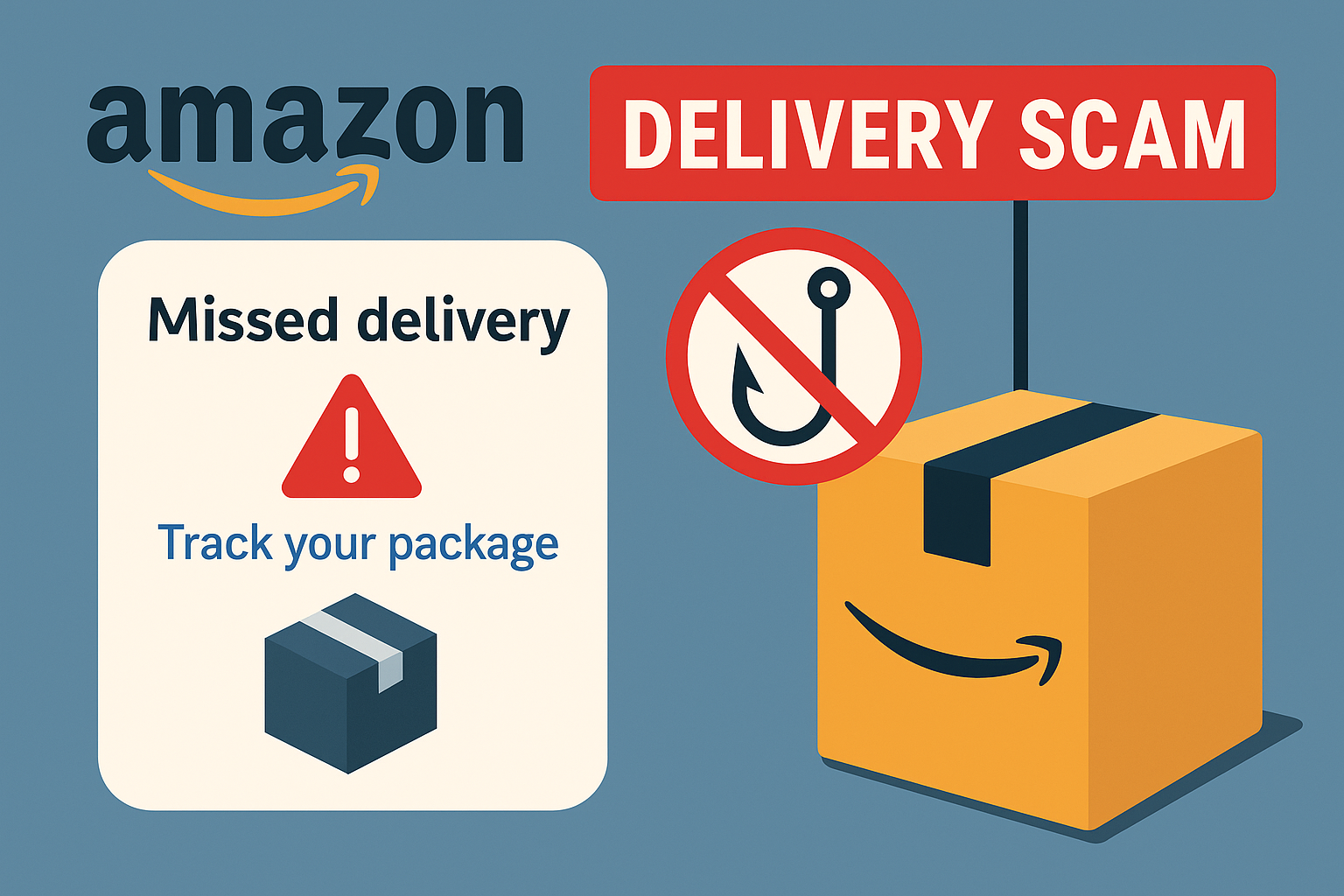Instant payment apps have made sending and receiving money effortless — but that same convenience makes them attractive targets for scammers. Services like Zelle, Venmo, Cash App, and other faster payment systems (including bank-to-bank instant transfers) are designed for speed and simplicity. Once you hit “Send,” the money often arrives in seconds — and can’t be reversed.
Criminals exploit this speed to push victims into hurried transactions. Whether pretending to be a family member in need, a buyer sending too much, or a bank representative warning of “unauthorized activity,” scammers know that real-time payments mean real-time losses.
How Payment App Scams Work
Most payment app scams share three key ingredients: urgency, trust, and irreversibility. Once a payment is confirmed, recovery is nearly impossible unless your bank intervenes immediately.
- The Hook – The scammer poses as someone you trust: a friend, family member, employer, or official.
- The Pretext – They create urgency: a “fraud alert,” “emergency,” “limited offer,” or “refund error.”
- The Transfer – They convince you to send money through a peer-to-peer payment app, assuring you it’s safe or temporary.
- The Disappearance – Once funds are sent, they vanish. Because these apps mimic cash transfers, there’s no built-in buyer protection.
Common Payment App Scam Types
Impersonation and Bank Spoofing
Scammers often pretend to be from your bank’s fraud department or a payment app support team. They’ll call or text you claiming suspicious activity has occurred and urge you to “secure your account” by transferring money to a “safe” account.
These messages may look legitimate — complete with real logos, caller ID spoofing, and even accurate transaction details. Once you follow instructions, the transfer goes directly to the scammer’s account.
Real Example:
In 2023, U.S. banks reported a surge of Zelle impersonation scams, where fraudsters posed as bank reps guiding customers to move money for protection. Victims collectively lost over $440 million that year.
“Accidental” Transfers
A scammer sends money to your account by “mistake” — often using a stolen card or hacked account — and asks you to send it back. When the original payment is reversed, your repayment comes out of your own pocket.
- Payments from strangers claiming “wrong person.”
- Requests to “refund” via a different app or method.
- Profiles with little history or mismatched names.
- Do not return the money. Contact your payment provider or bank directly.
- Report the transaction through the app’s official support channel.
Marketplace and Purchase Scams
Some scammers pose as sellers on platforms like Facebook Marketplace or Craigslist, asking buyers to pay via Venmo, Zelle, or Cash App “for convenience.” Once paid, they disappear.
Unlike PayPal’s “Goods & Services” system, these apps offer no purchase protection. Sending money through them is like handing over cash — once gone, it’s gone.
Protect yourself:
- Never pay strangers using “Friends & Family” or P2P transfers.
- For online purchases, use services with buyer protection policies.
- If the seller refuses safer payment methods, walk away.
Romance and Trust-Based Scams
In long-running scams, fraudsters build emotional relationships on dating sites or social media before requesting money for emergencies, travel, or medical care. Increasingly, they request funds via payment apps because they’re fast and hard to trace.
Tip: Never send money or share financial details with anyone you haven’t met in person.
Business Email Compromise and Faster Payments
Scammers targeting small businesses often intercept invoices or emails and substitute their own bank details or payment app handles. Because Faster Payments in the U.K. and similar systems elsewhere process instantly, companies can lose large sums before realizing the fraud.
Example:
In one reported case, a U.K. company was tricked into transferring £324,000 to criminals after a supplier’s invoice email was intercepted and altered. Despite immediate reporting, the funds could not be recovered. According to the U.K. Payment Systems Regulator, £340.65 million was lost to authorized push payment (APP) scams in 2023 — much of it through Faster Payments. (Financial Times, Reuters)
Why These Scams Are So Effective
- Speed: Instant payments mean little time to think or reverse transactions.
- Familiarity: Scammers exploit well-known brand names like Zelle and Venmo.
- Trust: They impersonate banks, family members, or friends to lower suspicion.
- Limited Recourse: Unlike credit cards, most P2P apps offer minimal protection once money leaves your account.
How to Protect Yourself
- Verify the sender: Always call your bank or payment app using numbers on their official website — never trust texts or calls that appear “urgent.”
- Use in-app contacts: Only send to verified friends or known recipients.
- Avoid refunds or returns: Legitimate payment errors will be corrected by the bank, not through manual refunds.
- Set transaction alerts: Get real-time notifications for transfers and withdrawals.
- Turn on multifactor authentication: Prevent unauthorized access to your app accounts.
- Never act under pressure: Banks and payment apps do not ask customers to transfer money to “secure” accounts.
What to Do If You’ve Been Scammed
- Contact your bank or payment app support immediately — speed matters.
- Report the transaction as fraudulent and request an investigation.
- Change passwords and enable two-factor authentication.
- File a report with your national fraud agency:
- Notify others — your report can prevent the next victim.
Key Takeaway
Payment app scams succeed because they exploit our trust and the illusion of official authority. Treat all unexpected money requests with suspicion, especially when urgency is involved. These apps are best used among people you know personally. When in doubt, pause, verify, and protect your funds.
